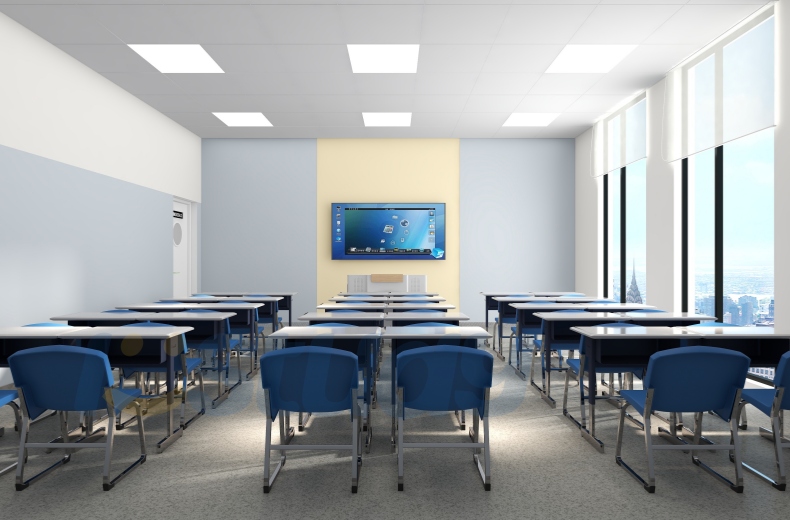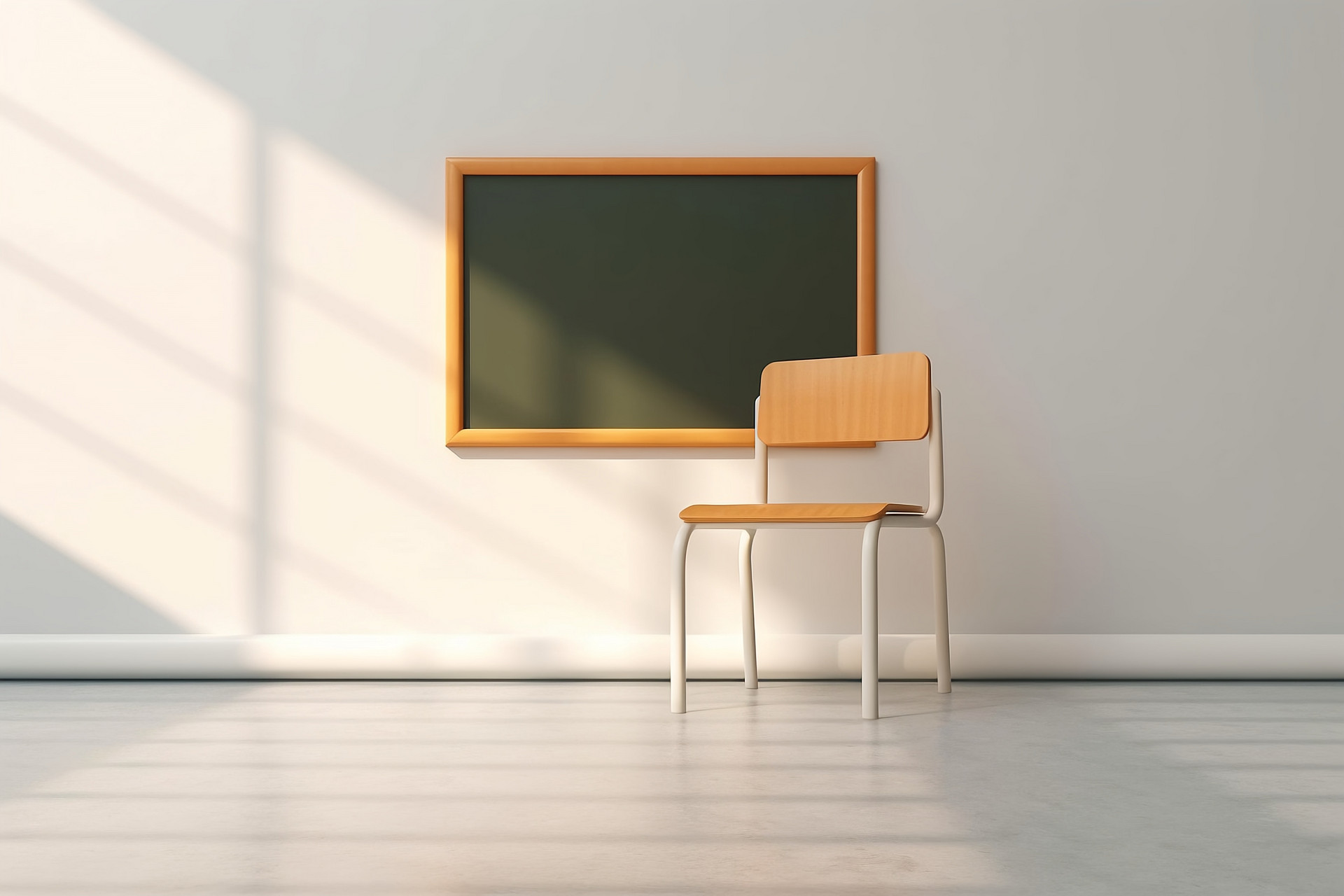Unveiling the Environmental Footprint: The Impact of Materials and Production Processes in US School Furniture
In the bustling landscape of American education, the significance of school furniture goes beyond mere functionality—it shapes the learning experience and environment for millions of students. However, behind the desks, chairs, and shelves lies a lesser-known story of environmental impact, stemming from the materials used and the production processes involved. In this article, we delve into the environmental footprint of school furniture in the US market, shedding light on an essential yet often overlooked aspect of sustainability in education.
The materials and production processes behind school furniture play a significant role in shaping its environmental impact. From the extraction of raw materials to manufacturing, transportation, and eventual disposal, each stage of the furniture lifecycle contributes to its overall footprint.

In the US market, school furniture is traditionally crafted from a variety of materials, including wood, metal, and plastics. While these materials offer durability and functionality, their production can have profound environmental consequences. Deforestation, habitat loss, and pollution are just some of the impacts associated with the sourcing of raw materials for furniture production.
The manufacturing of school furniture in the US involves a range of processes, from cutting and shaping to assembly and finishing. These processes often require significant energy inputs and may generate waste and emissions if not managed sustainably. For instance, the use of solvent-based finishes and adhesives can release volatile organic compounds (VOCs) into the atmosphere, contributing to air pollution and indoor air quality issues in schools.

The transportation of raw materials, components, and finished products adds another layer of environmental impact. Long-distance transportation increases fuel consumption and emissions, particularly if fossil fuel-powered vehicles are used. Additionally, the packaging materials used to protect furniture during transit can generate additional waste if not recyclable or biodegradable.
At the end of their lifespan, school furniture in the US must be disposed of or recycled responsibly. Furniture made from non-biodegradable materials may end up in landfills, contributing to long-term environmental degradation. Alternatively, furniture designed for disassembly and recycling can minimize waste and promote resource recovery.

In recent years, there has been a growing recognition of the need for sustainable practices in the production of school furniture in the US market. Manufacturers are increasingly exploring eco-friendly materials, such as bamboo, recycled plastics, and FSC-certified wood, to reduce their environmental footprint. Additionally, innovations in manufacturing processes, such as water-based finishes and energy-efficient production methods, are helping to minimize environmental impact while maintaining product quality and performance.
The environmental impact of materials and production processes in US school furniture is significant and far-reaching, affecting ecosystems, natural resources, and climate stability. As stakeholders in education, it is imperative that we prioritize sustainability in the selection and procurement of school furniture. By choosing eco-friendly materials, adopting cleaner production methods, and implementing responsible end-of-life management practices, we can create healthier learning environments for students while safeguarding the planet for future generations. It's time to transform the US school furniture market into a beacon of sustainability, where every desk, chair, and table reflects our commitment to environmental stewardship.

